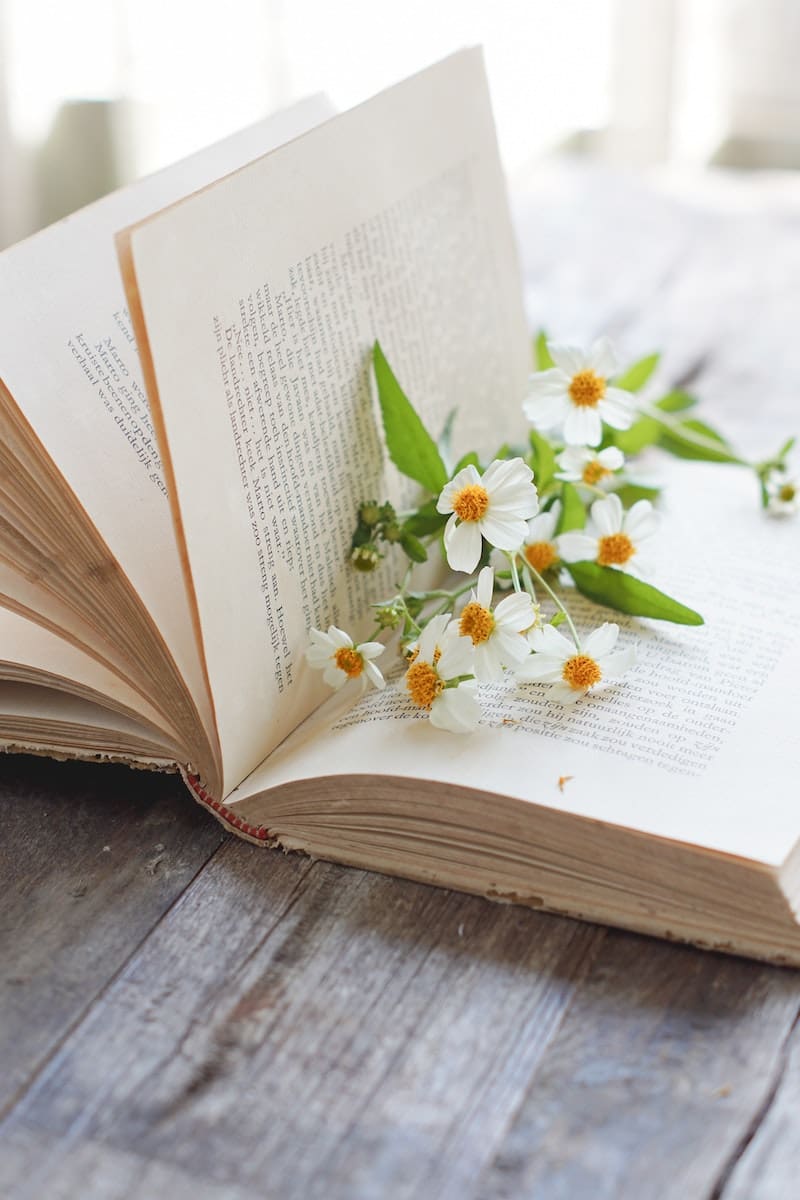Qualitative methods of sociological research are widely used throughout the civilized world. They allow for a deeper analysis of public opinion and to see patterns of perception of social information, so they are indispensable for practical use.
At the same time, the relevance of autoethnography and autobiography arose. Autoethnography includes the researcher himself in its subject and has many aspects that are not reducible to spatial-geographical. An autobiography contains more information than a resume, so the employer can better understand you. In addition, many employers who ask to write a CV pay attention to the style of writing, sentence structure, literacy, etc.
Key Takeaways
- Autoethnography combines personal narrative with cultural, social, and political analysis, while autobiography focuses on recounting an individual’s life experiences.
- Autoethnography aims to generate new insights and understanding of broader cultural contexts, whereas autobiography emphasizes personal stories and individual perspectives.
- Autoethnography is more research-oriented and may be written for academic purposes, while an autobiography is written for a broader audience.

Autoethnography vs Autobiography
Autoethnography is a research design used in social sciences and other domains in which a person writes about life in combination with cultural as well as social contexts. An autobiography is a research method in which a person writes about his/her personal experiences and life history and gives a reflection of his own life.
Comparison Table
| Parameters of Comparison | Autoethnography | Autobiography |
|---|---|---|
| Definition | An author conducts some kind of research before beginning any writing project | A self-written biography is a unique story of one’s own life. |
| Meaning | form of qualitative research | free-form description of the main stages of a person’s life |
| Concept | method of self-discovery | document in which a person describes the main events of his life |
| Structure | Research must be made | Should include personal information |
| How to write | is a self-reflexive form of writing used in a variety of disciplines such as communication studies, performance studies, education | is written by hand on a sheet of A4 paper, or it can be written in a special form |
What is Autoethnography?
Autoethnography is a form of qualitative research in which the author uses self-reflection and writing to explore anecdotal and personal experiences and to relate this autobiographical history to broader cultural, political, and social meanings and understandings. Autoethnography is a self-reflexive form of writing used in a variety of disciplines such as communication studies, performance studies, education, English literature, anthropology, social work, sociology, history, psychology, theology, religious studies, marketing, business and educational management, art education, nursing, and physical therapy.
An author conducts some research before beginning any writing project. Searching for location names, significant dates that are pertinent to their story, or even notable cultural events that the author would have been exposed to.
What is Autobiography?
An autobiography is a free-form description of the main stages of a person’s life. An autobiography, just like a characteristic, is needed when applying for a job. You may also need it for the military registration office or when applying to study.
The autobiography is written by hand on a sheet of A4 paper, or it can be written in a special form. The form of presentation is narrative, in the first person singular.
Structure of autobiography:
The following information is included in the autobiography:
- The surname, first name,
- Full date of birth,
- Citizenship,
- Information on education obtained (names of educational institutions, received specialities/professions, features of diplomas/certificates, etc.),
- Information on additional education received (names of educational institutions, received specialities/professions/skills, etc.),
- Information on foreign language skills,
- Information on labour activity (periods of work, names of companies, positions held),
- Information on marital status. By the way, sometimes, in addition to information about an employee’s spouse and children, the employer wants more detailed information about the employee’s family members and close relatives. This refers to their place of employment. Generally, this information is required by the employer in order to avoid conflicts of interest,
- Memberships in management bodies of other organizations,
- Information about special statuses that entitle the employee to certain benefits (single mother, disabled person, etc.),
- Information about the presence/absence of a criminal record. Sometimes employers ask whether the employee has a criminal record not only of himself/herself but also of his/her family members/close relatives.
The word “autobiography” is supposed to have first appeared in Europe during the Renaissance, around the 15th century. The phrase was originally used in 1797 by William Taylor in an English publication, and it was adopted to characterize a person’s life story in the 19th century.

Main Differences Between Autoethnography and Autobiography
Autoethnography
- Autoethnography primarily aims to tell outsiders about your culture or group through personal understanding and empirical investigation.
- Autoethnography helps people actually within your group or culture better understand themselves and the shared experience of that community.
- Autoethnography is written in the context of ethnographic writing and fieldwork.
- There can be no strict definition of autoethnography
- The key to autoethnography is the analytical relationship between memoir
Autobiography
- An autobiography is a self-written biography that is a unique story of one’s own life.
- An autobiography is written based on your own memories and experiences.
- Autography includes in itself personal information and information about special statuses.
- A full autobiography is a person’s life story told by himself or herself.
- A person himself writes an autobiography.
